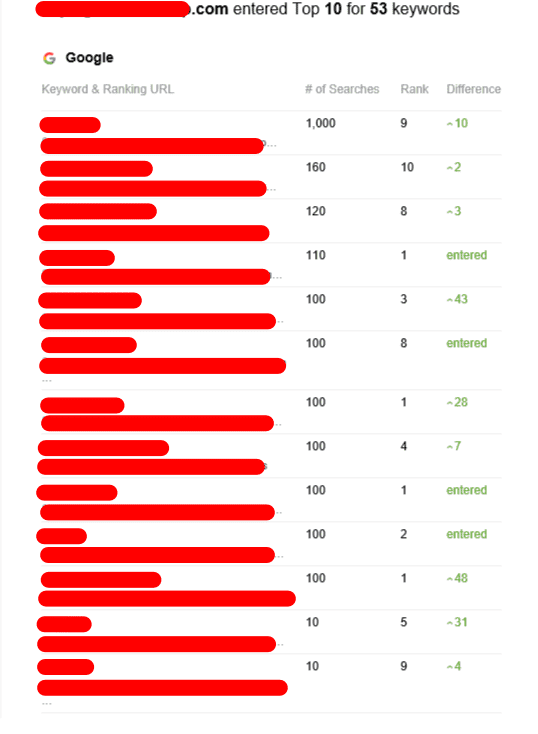Backlink Tier - The Hierarchy of Backlinks That Scale Your SEO Campaign
Backlink tier refers to the hierarchy of links that you design to expand your SEO campaign. Each level provides a layer of protection from Google and its penalties.
To get it right you'll have to put in time and effort. time. Google takes weeks to discover and analyze new backlinks.
First-Tier Links
These links should be of a high quality and dofollow from reputable websites. These links are referred to as Tier 1 backlinks and act as the basis of your link building strategy. They will give your website enough domain authority to rank highly on results pages of search engines. For example, if your blog article is published on HubSpot and includes links to tier 1 of SearchEngineLand's compilation of Link Building Statistics, then SearchEngineLand's website rankings will get an increase due to the link equity passed down by HubSpot.
The second tier is more varied and include low-quality backlinks like spammy forums posts or low-quality bookmark sites and directories. The primary goal of Tier 2 is to create content of high-quality that links back to your first-tier links. This is because good content can enhance the content the article, and will not appear as if it has been added for SEO reasons.
In order to build a successful tiered link building campaign, you'll need to put your money in the creation of quality content and invest in tools like RankerX or GSA. However the time and expense that is spent manually executing a tiered link building campaign can be worth it in terms of the improved rankings that result from having a properly structured backlink pyramid.
Second-Tier Links
Tiered link building is intended to allow users to navigate through other pages and eventually get to your website. It's crucial to choose relevant second-tier backlinks sources that are relevant to both your business and website to make this work. In contrast to account profiles, guest blog posts perform well in this regard because they provide useful content that users want to consume.
It is recommended to avoid using the tier-2 links on forums or other sites with poor quality. Instead, choose pages that are of high-quality, such as industry news or guest articles. These links will appear more natural and have a more influence on your search engine rankings. In addition they are more likely to be recognized by Google as having passed link equity, which may boost their rankings in SERPs.

If you're planning to create tier 2 links with the intention of boosting your SEO rankings it is important to be aware of the difficulty to get these types of high-quality backlinks by hand. It can take a long time to submit guest posts to top publishers and even longer for them to be published. Additionally, it could take weeks to see results of your efforts in creating new traffic and online conversions.
Many SEOs utilize automated tools to build second-tier backlinks. However, tiered backlink can violate Google's Webmaster guidelines and result in a penalty.
Third-Tier Links
The number of links on this level is enormous and can be considered spammy. They are shared on social media platforms and websites that are created by users, such as Quora. They are used to index tier 2 links but do not pass link equity on to the resource that is promoted. They are typically nofollow links. At this point, marketers are more interested in quantity rather than quality. They use tools to post massive amounts of links on forums, in comment sections of blog posts and articles in directories and similar places. In this instance tiered link-building can be considered a gray zone that is in violation of Google's webmaster guidelines.
Link-building campaigns that are categorized require a lot of energy and time to be successful. Google could take months or even days to index an backlink. It can take weeks or even months for an SEO impact to be evident. Therefore, marketers should be patient and employ a well-thought-out content strategy.
Marketers should also avoid using too many automated tools for this level of linking. These tools could violate rules regarding search engine optimization and could result in penalties. It is recommended to manually select links and then post them on relevant donor websites instead of using automated services such as GSA or RankerX. This will prevent search engines from penalizing your marketing for poor quality links.
Fourth-Tier Links
Tiered link building remains a popular method for improving website rankings. However, since Google has taken significant steps to eliminate "black hat" SEO practices, tiered linking techniques have suffered a blow.
This is because they are considered to be gray-hat in the SEO world and can be penalized if they are used in a manipulative manner. Tiered links are backlinks constructed on different levels of the link pyramid. The primary purpose of these backlinks is the increase in the rank of a resource promoted in search engine results. This means that the promoted web page will be more prominent than its rivals and gain more organic traffic.
This category has a lower number of backlinks and is typically nofollow. This category may also contain low-quality directories, article networks, and social media profiles. These links can be created in a natural way or through automated strategies. However they must be diverse in terms of domains, niches and relevance.
These backlinks, besides being of poor quality and nofollow may also be a source of trouble if they aren't diversified enough. Google has a group of highly-trained hound dogs who constantly search for patterns and techniques in backlink profiles. If these patterns are discovered they could trigger sanctions not just for the link-building team, but also for its clients.
